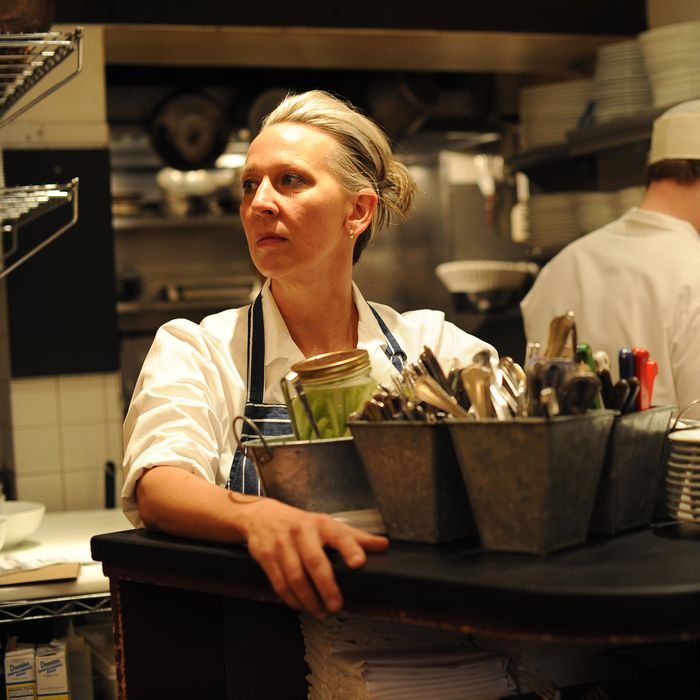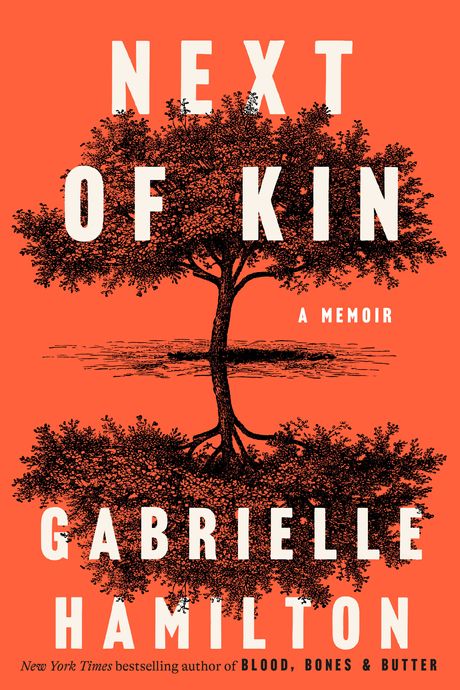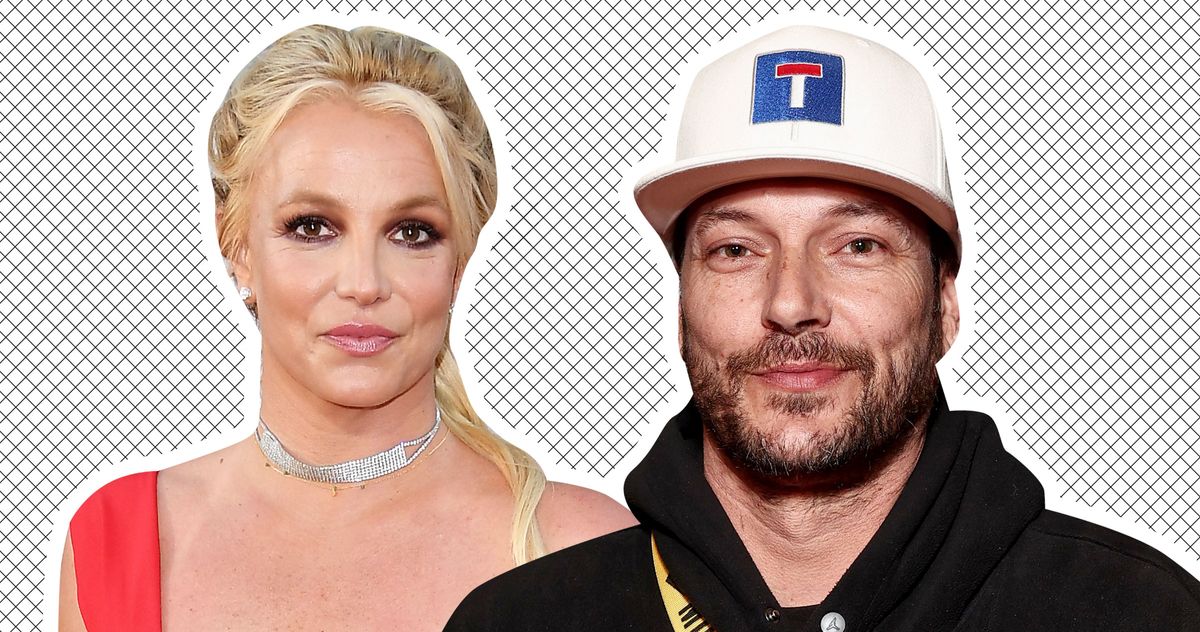
Hamilton, at Prune in 2011.
Photo: Jennifer S. Altman/The Washington Post/Getty Images
Gabrielle Hamilton has given me a number of things — before Prune, a signal New York City restaurant of my semi-misspent New York City youth, I had never encountered caperberries, maître d’hôtel butter, suckling pig, or the mind-bending concept of a sour-cream omelet — and now, with her new memoir, one more, a character assessment for the ages: “He can charm the rats off a cheesecake.”
“He” in the formulation is the chef’s father, Jim Hamilton, alternatingly charming and abusive. Though he has some tough competition from her mother, a French American dancer for whom “everything should be found amusing” but whose answer to any filial request is invariably “no,” it’s old dad who emerges as Next of Kin’s most vivid character. As evoked by Gabrielle — his youngest daughter and one of five siblings — the cheesecake charmer is part P.T. Barnum and part Peter Pan, the co-host of a million meadow-held country dinners and a narcissistic entertainer who chose to attend his own tap-dancing recital over his oldest son’s Stanford graduation. He’s a man of contradictions, urbane in the sticks (born in Trenton, New Jersey, he lives in rural Pennsylvania, which he calls “Hobbitsville”) and stiff-stick in the city (a father-daughter proxy fight plays out over whether he can get a reservation at Prune’s famously chaotic, no-reservations brunch). But he’s indomitable, always indomitable. When his leg is amputated, several surgeries into his ongoing decline, he learns to tap-dance on one leg. “My tempo’s not great,” he jokes.
Jim will be familiar to readers of Hamilton’s 2011 memoir, Blood, Bones & Butter, about the unsentimental education of a chef. Though I’d been among the many who were devoted fans of her cooking, that book made it clear that Hamilton, who had wanted to be a writer before a chef and earned an M.F.A. before opening Prune, was the greatest chef-author of her generation. Blood, Bones & Butter is food-writing canon, replete with summer lamb roasts and butter-and-sugar sandwiches, but it’s also gruff and unsparing, about a woman raised by charming wolves who had to find self-sufficiency where she could.
Next of Kin, which is out October 14, takes up the family romance, such as it is, from there. If Hamilton’s early life was an obstacle course of character development, her life since has been scarcely less eventful. The book mostly sidesteps the professional accomplishments (the glowing New York Times review of Prune, an Emmy for Mind of a Chef, a cookbook, Gwyneth Paltrow circling the role of Gabrielle for a BB&B film adaptation that wasn’t to be) in favor of the wrack and wreck of the Hamilton clan. Shortly after the first memoir’s publication, “Page Six” revealed that Hamilton had become involved with her sister’s husband, a relationship (actually a re-relationship, as Hamilton takes care to point out) that torched her bond with her sister and which gets a thorough airing in Next of Kin. This is hardly the only family tragedy. A troubled older brother dies by suicide, a seismic rupture. Hamilton doesn’t speak to her mother for 30 years, though she does return to care for her in the decrepitude of her final stretch, when her teeth are “tarred over” and her adult diaper is strapped on for safety. She cuts off her father, who has told a local bartender she is “dead to him.”
Next of Kin spends a fair amount of time, as Blood, Bones & Butter did before it, in Hamilton’s childhood, with a welter of new details. Young Gabri (as her mother calls her) or Gabbies (as her father does) gets beaten by one of her brothers, after which she runs away, only to be told by her father, “Well, it’s a good thing it wasn’t me, because if I’d been home, I would’ve finished the job.” Her crime had been stealing a car after fleeing her mother’s house — Jim and Madeleine Hamilton split up in the late ’70s, after which Gabrielle and Simon, the youngest of their children, more or less raised themselves. “I’ve just gotten divorced myself in a way — ‘I never want to live with you again!’ — and now I’m also driving a green Volkswagen Scirocco with black tinted windows,” Hamilton writes. “‘Guess how old I am!’ I command anybody I meet. I’m thirteen.”
Photo: Courtesy of the publisher
It’s a measure of Hamilton’s own rat-charming skill that she can make these latchkey misadventures winning as well as horrifying, that the sketches of Jim and Madeleine are as fiendishly appealing as they are devastating. (Jim’s response to his firstborn son’s death is one for the ages.) Anyone reading for delectation may be disappointed. There’s hardly a foodstuff to be found here; the most vivid description concerns a proffered peace offering of vegetables from Jim’s garden wrapped in damp newspaper. Hamilton ignores the offering but starts serving fresh vegetables wrapped in newspaper at Prune, calling it pinzimonio and telling the wait staff to explain, “It’s a thing from her dad.”
What Next of Kin is really about, much more than Blood, Bones & Butter, is the debt we owe to family and the claim they make on us, the bizarre ways we know everything and nothing about these fellow travelers whose destinies shape, and may even predict, our own. “Is this what is in store for me?” Hamilton wonders about her brother Jeffrey’s sad, lonely end. He was a fascinating character, a sort of natural aristocrat incapable of holding a job but who nevertheless worked, when he worked, as the brush-clearing Marquis of Debris, who traveled solo to live among the Pygmies in the Belgian Congo before he was 21. But his life and his death — the search to understand both structures much of the memoir — prove frustratingly elusive. “I know very little about my brother,” Hamilton writes. “But I know that he never wore underpants.”
Though she elides a few details that might have seemed relevant — you would not know from Next of Kin that her sister, Melissa, once a close confidant and now a woman threatening to have her arrested if she dares attend their father’s memorial, is also a well-regarded restaurateur — and gives herself some of the credit she feels the family has denied her, Hamilton doesn’t spare herself overmuch. “‘I hurt,’” she quotes an unnamed writer as saying, “‘which has two opposite meanings.’” She fiercely loves and adores her own two sons; she also admits to admonishing them as young children for acting like “such cunts.”
Next of Kin demands an awed respect. It’s a naked, deboning sort of family accounting. Hamilton returns a few times to the idea of fact-checking (she used to have a regular column at the Times Magazine, where its diligent fact-checkers would call her mother even when Hamilton herself refused to), and one wonders what fact-checks her family might have for her. Jim and Madeleine are dead. Melissa, according to Gabrielle, is no longer speaking to her. Two of her brothers have died, and she has only an occasional relationship with Simon, the sibling who beat her as a child. Any reader who seeks out the obituaries of her parents — it’s not hard to do — will find different portraits, kinder but hardly less swashbuckling and alluring. But then, as Hamilton writes, “To the unknowing, all fire looks like glitter.” To her credit, she doesn’t insist that hers is the only interpretation, only that it is hers. Whatever else she got from the family, she got the charm, too. Hers isn’t a fun book, exactly, but it’s a feast. She coaxed the rats off the cheesecake and served it up.
Source link



